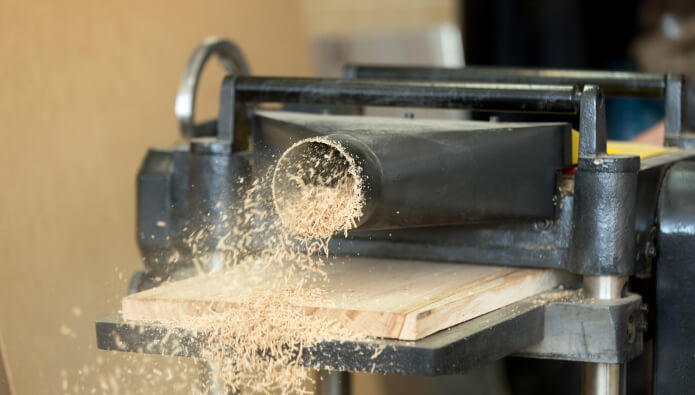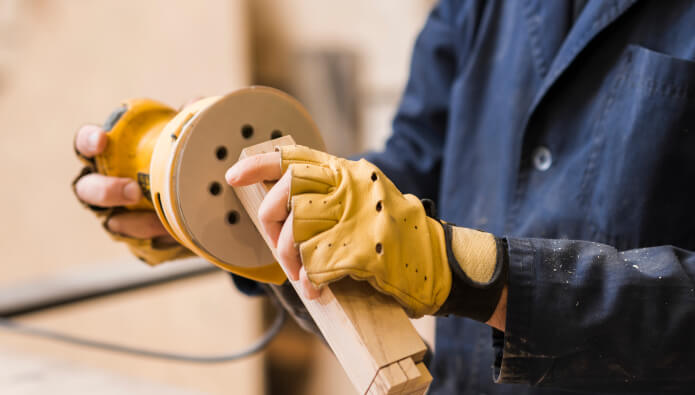Comments are closed
This website uses cookies to improve your experience.
By using this website you agree to our Privacy Policy.
By using this website you agree to our Privacy Policy.
Ok, I am ready
Machine vibration is a critical issue in industrial environments. Left unchecked, it can lead to equipment failure, production downtime, and increased maintenance costs. Here’s a quick guide to the primary causes of machine vibration and how to address them.


Imbalance: Imbalance occurs when a rotating component’s mass is unevenly distributed. This can result from manufacturing defects, wear, or material buildup.
Solution: Regularly balance rotating parts and maintain a preventive schedule to clean and inspect machinery.
Misalignment: Misalignment happens when coupled shafts’ centerlines do not align, leading to uneven force distribution.
Solution: Use precision alignment tools during installation and regularly inspect alignment.
Wear and Tear: Worn components like bearings, gears, and belts cause irregular motion and increase vibration.
Solution: Implement predictive maintenance to monitor and replace worn parts promptly.
Looseness: Loose parts can vibrate independently, increasing overall vibration.
Solution: Ensure proper tightening during assembly and regularly check connections.
Resonance: Resonance occurs when a machine’s natural frequency matches an external force’s frequency, amplifying vibration.
Solution: Conduct modal analysis to identify natural frequencies and avoid operating at resonant frequencies.
Bearing Issues: Faulty bearings due to lubrication failure, contamination, or incorrect installation can cause significant vibration.
Solution: Regularly inspect bearings, ensure proper lubrication, and replace damaged ones.
Electrical Issues: Unbalanced voltage or power supply harmonics can induce vibration in electric motors.
Solution: Maintain balanced voltage and minimize harmonics using power quality analyzers.
Structural Deficiencies: Weak foundations or poorly designed mounts can lead to vibration.
Solution: Install machinery on solid foundations and use vibration isolators.
Operational Errors: Incorrect operation, like improper speeds or overloading, induces vibration.
Solution: Train operators thoroughly and implement operational guidelines.
Environmental Factors: External factors like temperature fluctuations and nearby machinery vibrations can affect stability.
Solution: Control the operating environment and monitor for adverse conditions.
Conclusion
By understanding and addressing these common causes of machine vibration, you can enhance the reliability and lifespan of your equipment, reducing downtime and maintenance costs. Regular maintenance, precise installation, and careful monitoring are key to preventing vibration issues. Click here for more details or contact us for different industrial machine parts
Comments are closed